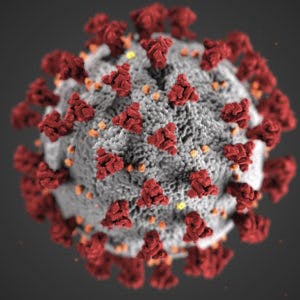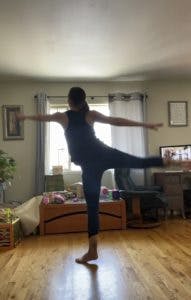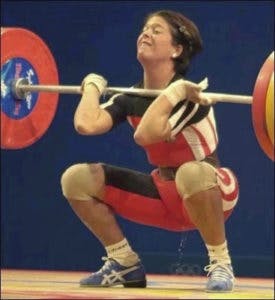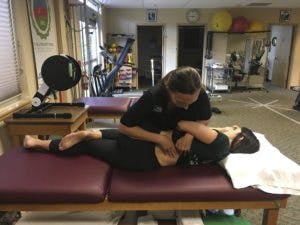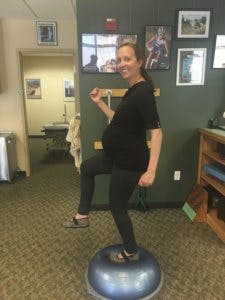By: Dr. Laura Wenger, PT, OCS, FAAOMPT
Recently in November, our entire clinic staff voluntarily quarantined after we ultimately had three staff members test positive for COVID-19. This decision was made after extensive discussions with San Juan Basin Public Health staff and within our clinical staff, as we all felt that it was the right thing to do in order to best protect our patients and ourselves. While, thankfully, the majority of us continued to stay healthy while we were isolated in our homes (and the employees who were positive for COVID-19 all had full, swift recoveries) and no patients were found to have exposure from our staff cases, we were forced to pivot to utilizing telehealth for our current patients in order to keep them moving with their rehab. Although we have been providing telehealth visits since the beginning of this pandemic nine months ago, it was a big pivot for our clinicians to go from providing sporadic telehealth visits 1-2 times per week to providing multiple telehealth visits per day.
With this swift change to telehealth came a quick adaptation to continuing to provide quality PT through a computer screen. While the manual therapy component of physical therapy can’t be performed through a screen, we continued to empower patients in self-mobilization techniques so that they could still benefit from the positive effects of imparting mobility on specific joints. The real winners of telehealth proved to be exercise and movement therapy, where we were able to continue our guided progression of movement and resistance training for each of our patients within the context of their injury. And, though I talk about these visits in past-tense, our work continues via telehealth as many of our patients decided to stay in that format because they still felt the positive effects of physical therapy from the convenience and safety of their homes.

To be completely honest, as a provider who is trained in manual therapy (i.e. a lot of “hands on” work), I was skeptical about my own ability to provide physical therapy through a computer screen at the same quality as an in-person visit. I’ve been pleasantly surprised, as have my colleagues, at our ability to continue to help our patients via telehealth at the same level of excellence that we strive to deliver each day in the clinic.
We are again operating full-time in the clinic, with continued rigorous screening and mask policies for our patients and staff, as well as continued diligence in physical distancing within our clinic. That being said, we are also continuing to serve a portion of our current patients via telehealth as well as accepting new patients in the telehealth format so that we can ensure that our patients, both new and established, can work toward meeting their goals of moving better with less pain. If you are interested in how physical therapy can help you via telehealth during this time, please call us at (970) 259-0574 for more information and to set up an appointment with one of our specialized physical therapists!

